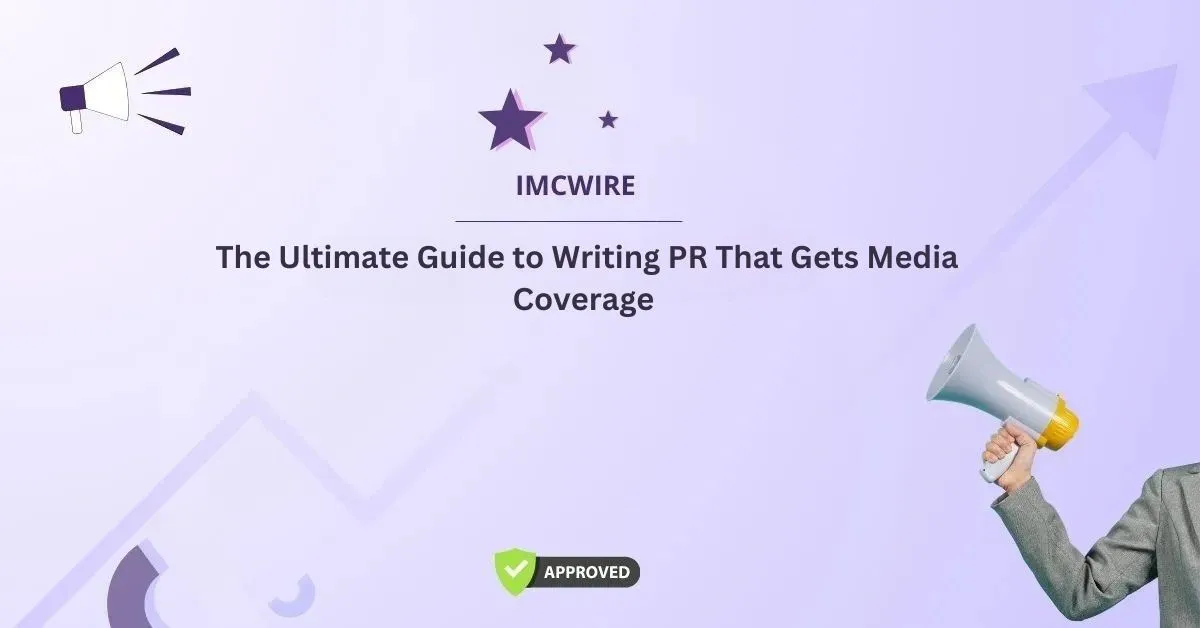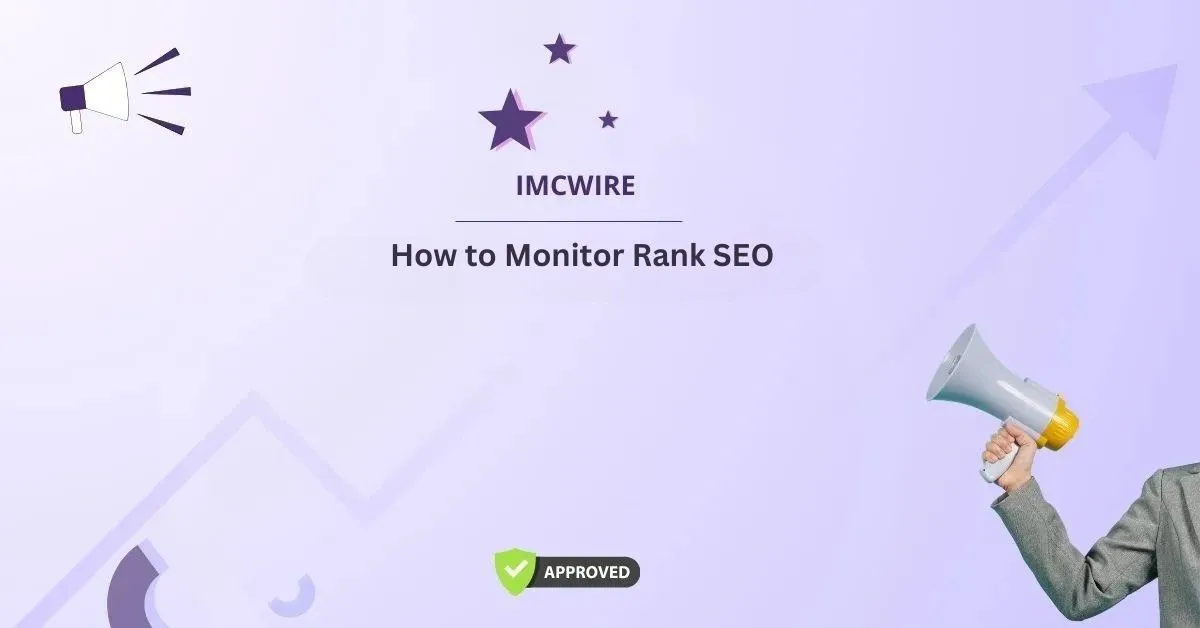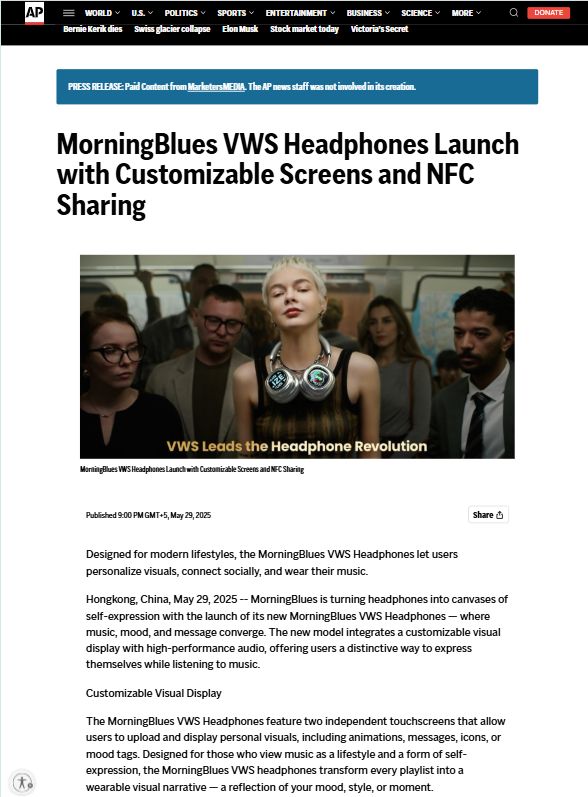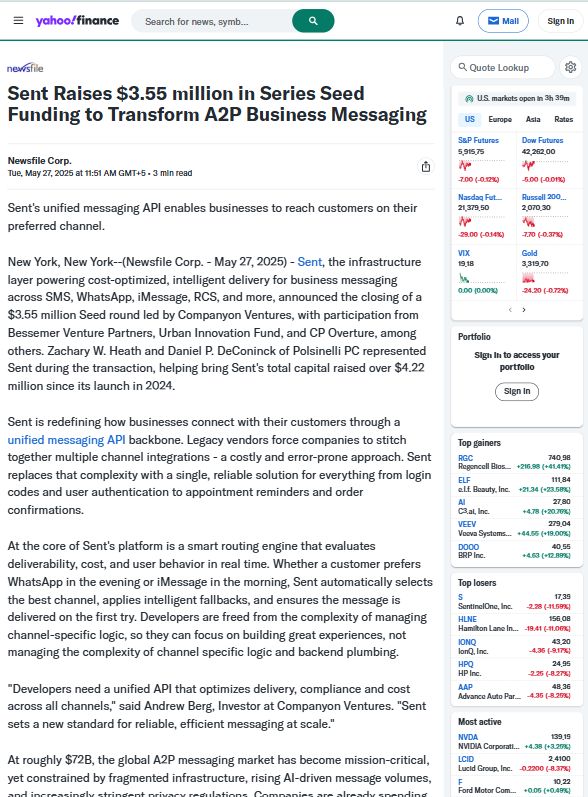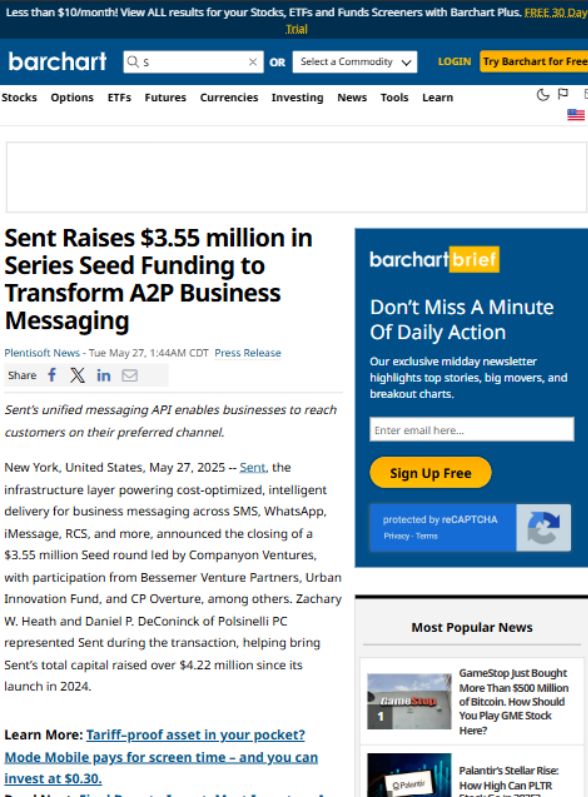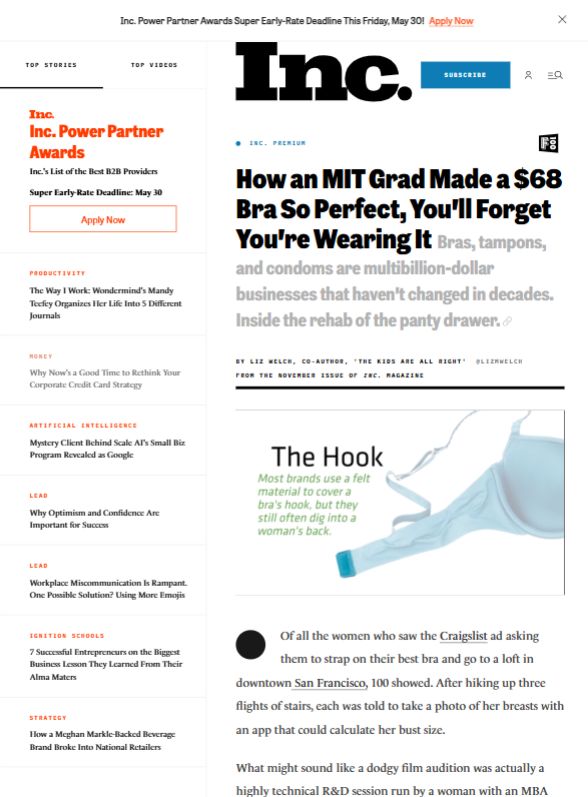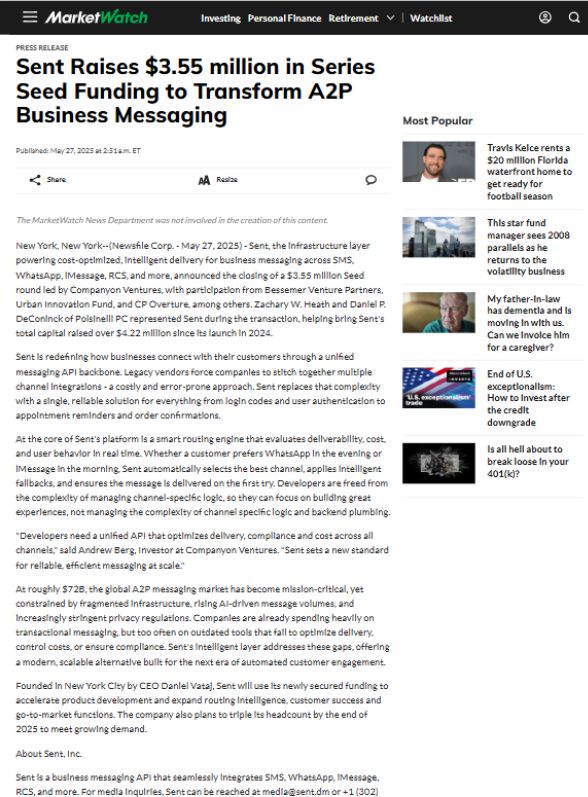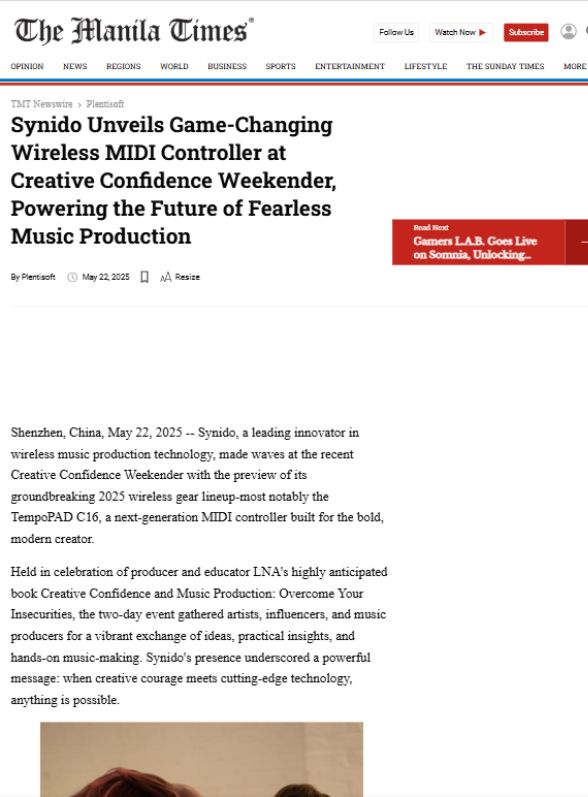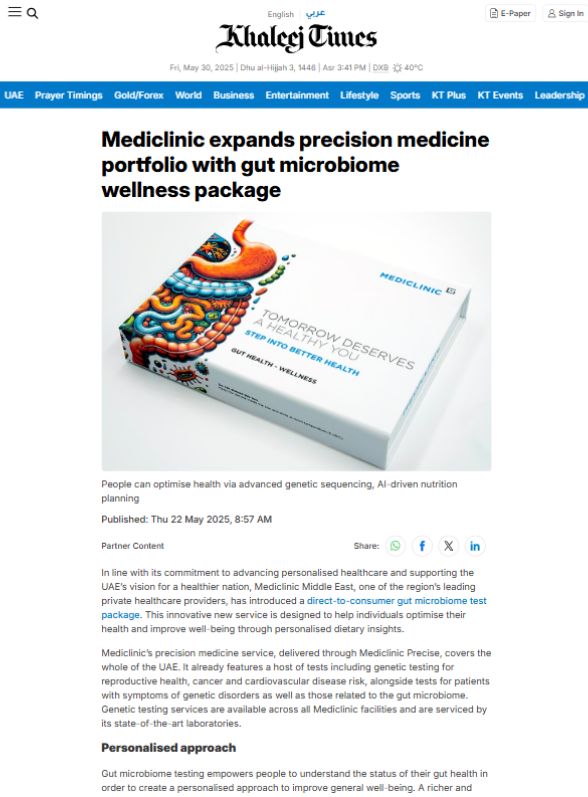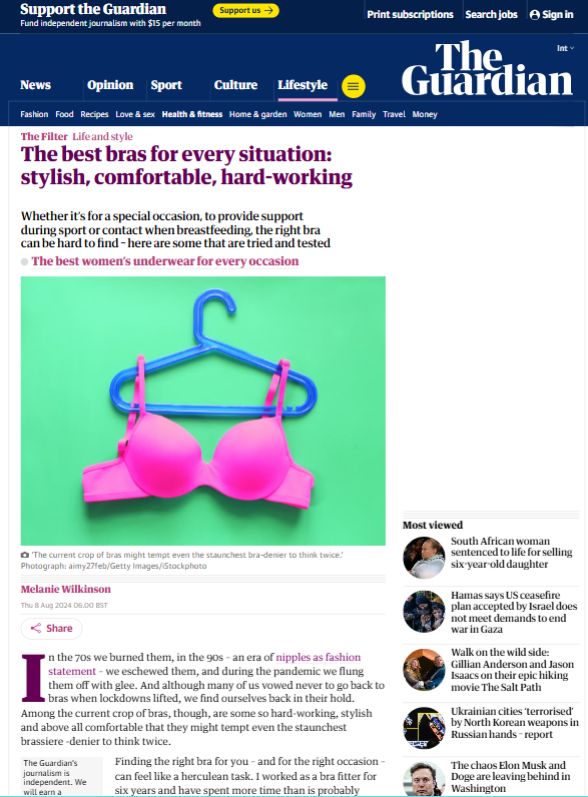In today’s fast-paced digital world, public relations (PR) is an essential tool for businesses, organizations, and individuals looking to communicate with their audience. Writing PR effectively is one of the most important skills for any PR professional. Crafting compelling press releases can shape a brand’s reputation, generate media coverage, and boost public awareness. However, writing PR is not as simple as just writing an announcement. It requires a deep understanding of messaging, audience, and the media landscape.
In this article, we’ll take a deep dive into the principles and best practices of writing PR. Whether you are a seasoned PR professional or just starting, understanding the nuances of press release writing is crucial for delivering impactful messages.
Table of Contents
1. What is PR Writing?
Public Relations (PR) writing is the process of crafting written content that helps manage and shape the public image of an individual, company, or organization. It includes various forms of communication, such as press releases, speeches, blogs, social media posts, and more. The primary goal is to inform, persuade, and engage audiences while fostering positive relationships with the media and the public.
Writing PR is fundamentally about telling a story. A well-crafted press release should convey essential information in a way that captures the attention of journalists, editors, and readers. While the content may vary depending on the purpose, effective PR writing always follows the principles of clarity, consistency, and relevance.
2. The Importance of Writing PR
The importance of writing PR can’t be overstated. Public relations serve as the bridge between an organization and its target audience, especially through media channels. Here’s why writing PR matters:
- Reputation Management: A well-written press release can help manage your reputation by providing a clear, consistent message to the public.
- Media Coverage: Good PR writing can attract media outlets to pick up your story and cover your brand.
- Brand Awareness: By consistently releasing newsworthy content, businesses can build brand awareness and keep their audience informed about key developments.
- Crisis Communication: In times of crisis, a press release can be an effective way to control the narrative and ensure that the right message is communicated.
3. Key Elements of Writing PR
Writing a successful press release involves understanding several key elements that make a story newsworthy and engaging. Let’s break down the critical components:
3.1. Headline
The headline is the first thing a journalist will see when reviewing your press release, so it must grab their attention. Writing PR headlines should be clear, concise, and newsworthy. Keep it under 10 words and make sure it clearly conveys the essence of your announcement.
3.2. Subheadline
If necessary, include a subheadline right beneath the main headline. This helps provide additional context or clarify the key message. It should support the headline and further entice the reader to continue.
3.3. Lead Paragraph
The lead paragraph is crucial in PR writing. It summarizes the most important points of the press release and provides the essential information. In this paragraph, you should answer the “Five Ws” — who, what, when, where, and why. The lead paragraph sets the tone for the entire release and should immediately engage the reader.
3.4. Body
The body of the press release delves deeper into the details of the announcement. This is where you provide the “who, what, where, when, why, and how” of the story. Be sure to include relevant data, quotes from key stakeholders, and background information to support your main points. Each paragraph should provide value and follow a logical flow of information.
3.5. Boilerplate
The boilerplate is a standard paragraph that provides information about the organization issuing the press release. This section should briefly describe the company or individual, their mission, and any relevant details. It remains the same in every press release for consistency.
3.6. Contact Information
At the end of the press release, include contact information for the media to reach out for further inquiries. Provide the name, phone number, and email address of the person responsible for PR communication.
4. Writing PR That Stands Out
Now that you know the key elements of a press release, it’s time to focus on the techniques that will make your PR writing stand out. Here are some tips for crafting press releases that are not only informative but also engaging.
4.1. Keep It Newsworthy
The most important rule in writing PR is to ensure your content is newsworthy. Journalists are constantly looking for stories that will interest their readers. A press release about a new product, a significant achievement, or an industry development is likely to capture attention. Avoid writing PR that’s overly promotional. Stick to facts and try to provide real value to your audience.
4.2. Focus on the Audience
While your press release might be intended for the media, the ultimate goal is to reach the audience that the media serves. Understand the needs, interests, and expectations of your target audience. Write in a way that appeals to them, whether it’s through compelling language, a strong story, or addressing their pain points.
4.3. Be Clear and Concise
In PR writing, clarity is key. Journalists often receive dozens, if not hundreds, of press releases daily, so you must make it easy for them to digest your message. Keep your sentences short, avoid jargon, and stay focused on the key points. A concise and to-the-point press release will always have a better chance of getting picked up by the media.
4.4. Use Quotes
Quotes add a human element to your press release and provide an opportunity for key stakeholders, such as executives or subject matter experts, to share their perspectives. A well-crafted quote can enhance the credibility of your story and provide a more personal touch.
4.5. Ensure a Strong Call to Action
A strong call to action (CTA) encourages journalists and readers to take the next step, whether it’s learning more about your product, visiting your website, or following your brand on social media. Be clear about what you want your audience to do after reading the press release.
5. Common Mistakes to Avoid in PR Writing
Even experienced PR writers can make mistakes when writing press releases. Here are some common pitfalls to watch out for:
- Overly Promotional Tone: PR writing should be informative, not an advertisement. Avoid sounding too promotional or sales-driven.
- Lack of Focus: Ensure that the press release has one clear message. Avoid adding unrelated information that might distract from the core story.
- Excessive Length: Keep your press release between 400 to 600 words. If it’s too long, journalists may not take the time to read it fully.
- Neglecting the Headline: An attention-grabbing headline is essential. Without it, your press release may never get noticed.
- Forgetting to Proofread: Typos, grammar mistakes, and factual inaccuracies can harm your credibility. Always proofread your work before sending it out.
6. Conclusion
Writing PR is both an art and a science. Crafting a press release that attracts media attention and resonates with your audience requires a deep understanding of your message, the media landscape, and the audience’s interests. By following best practices and avoiding common mistakes, you can master the art of writing PR and use it to elevate your brand’s image.
If you’re looking to get your message across in a way that is professional, concise, and engaging, mastering the art of PR writing is essential. Remember, it’s all about telling the right story, at the right time, in the right way.

